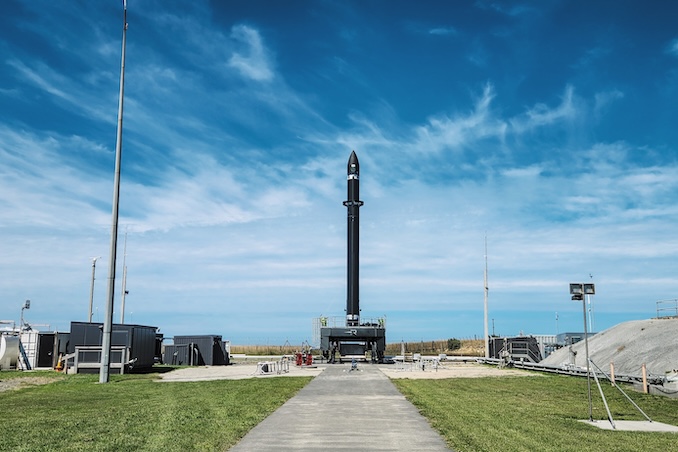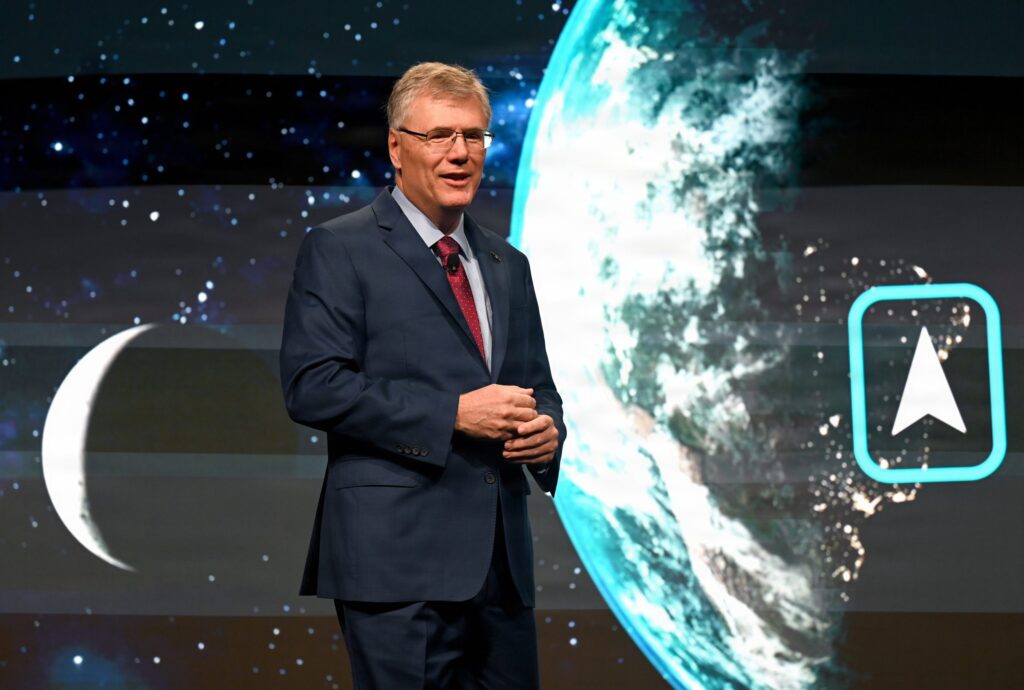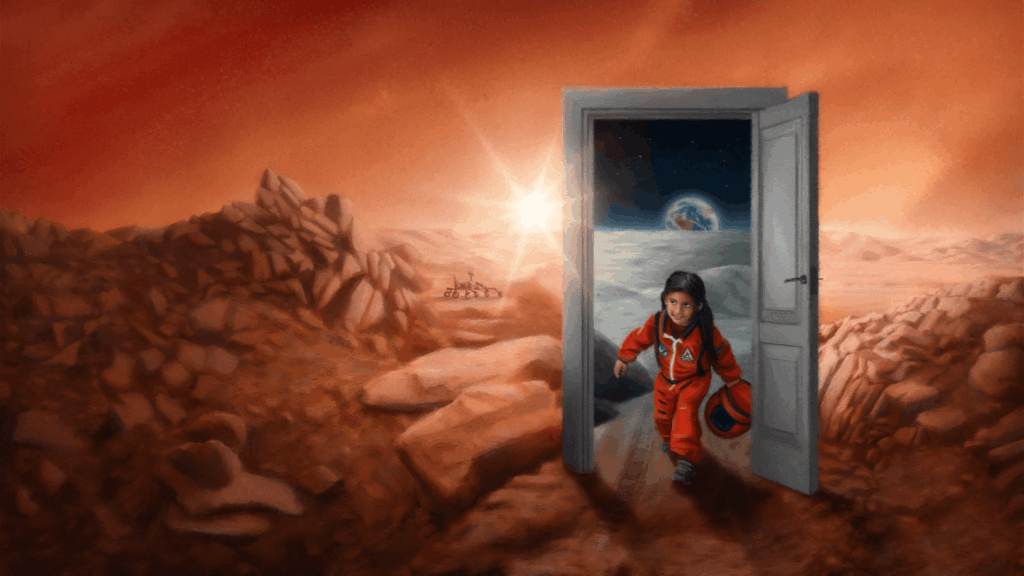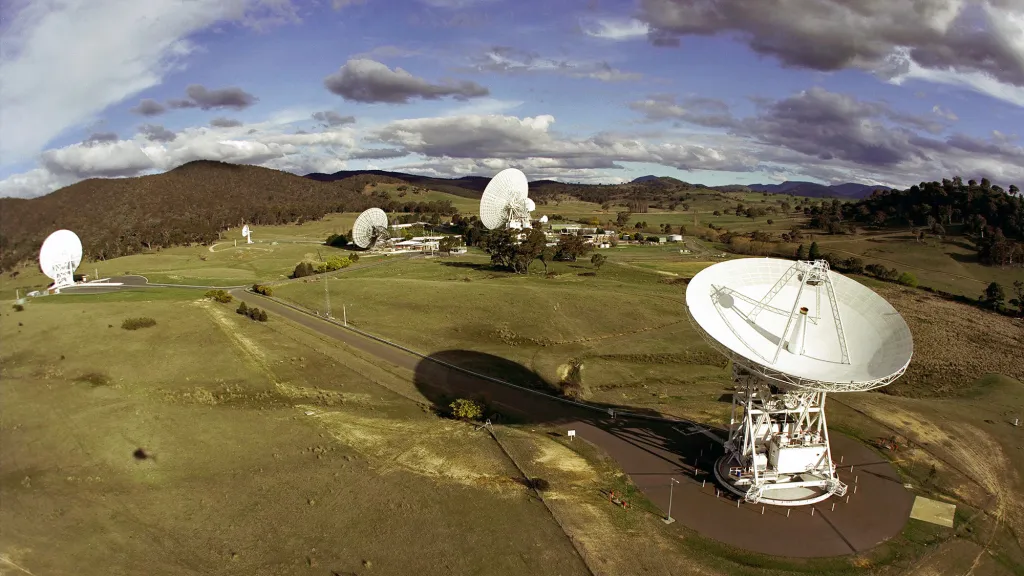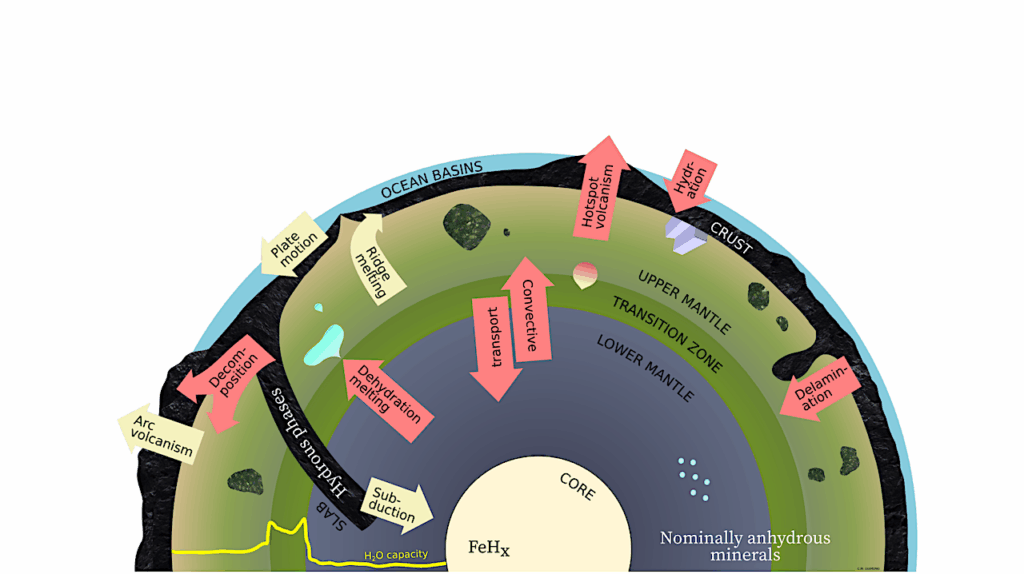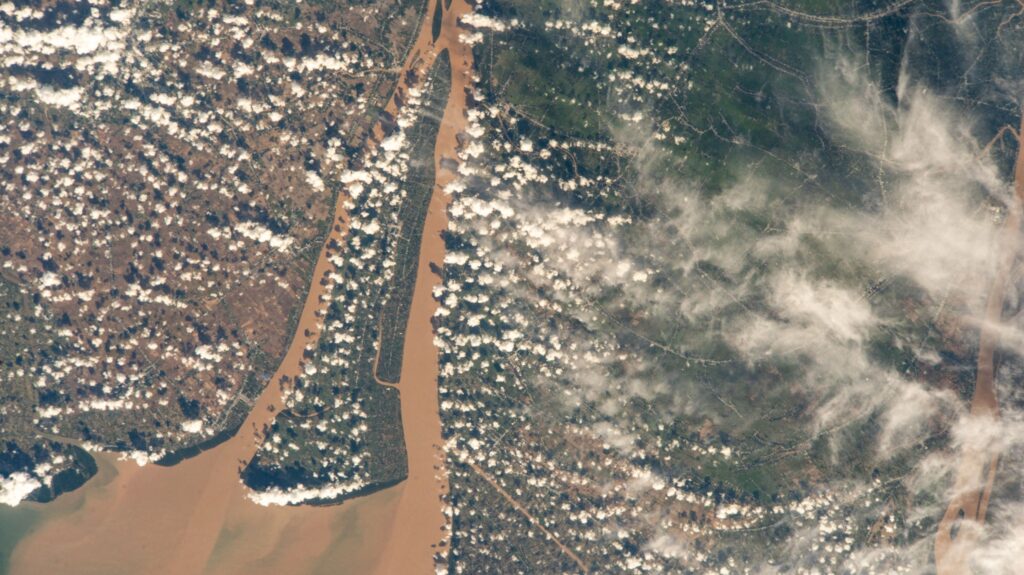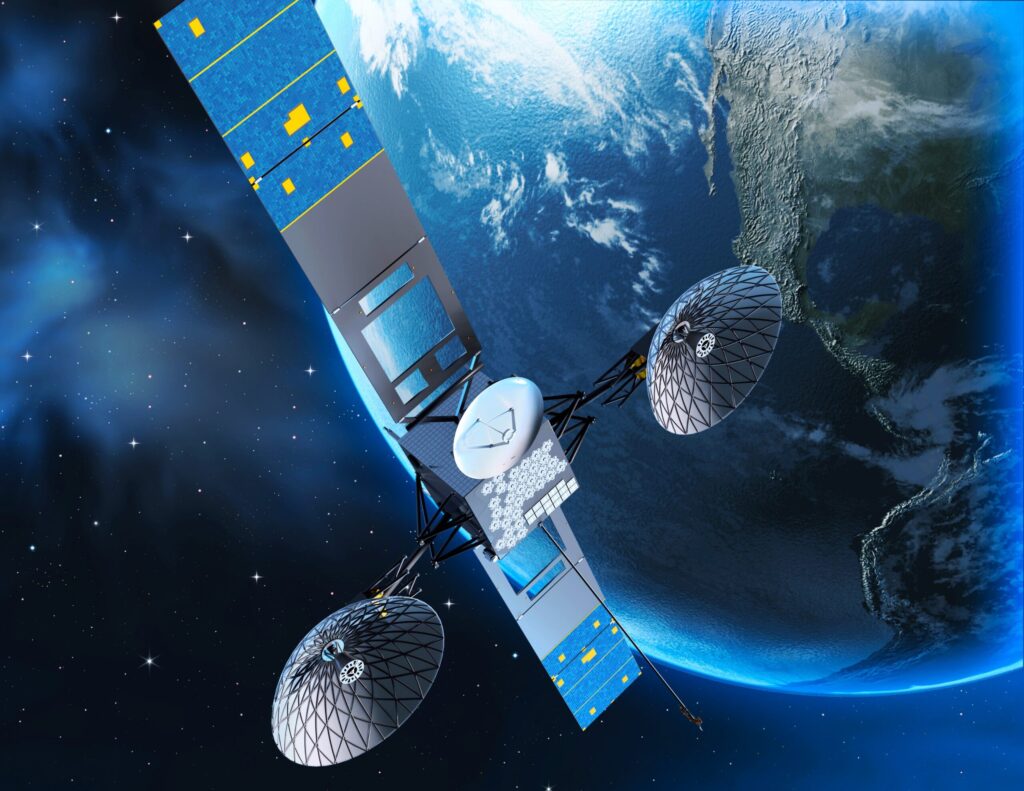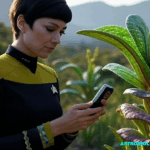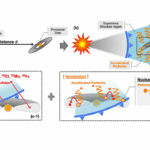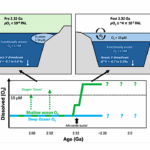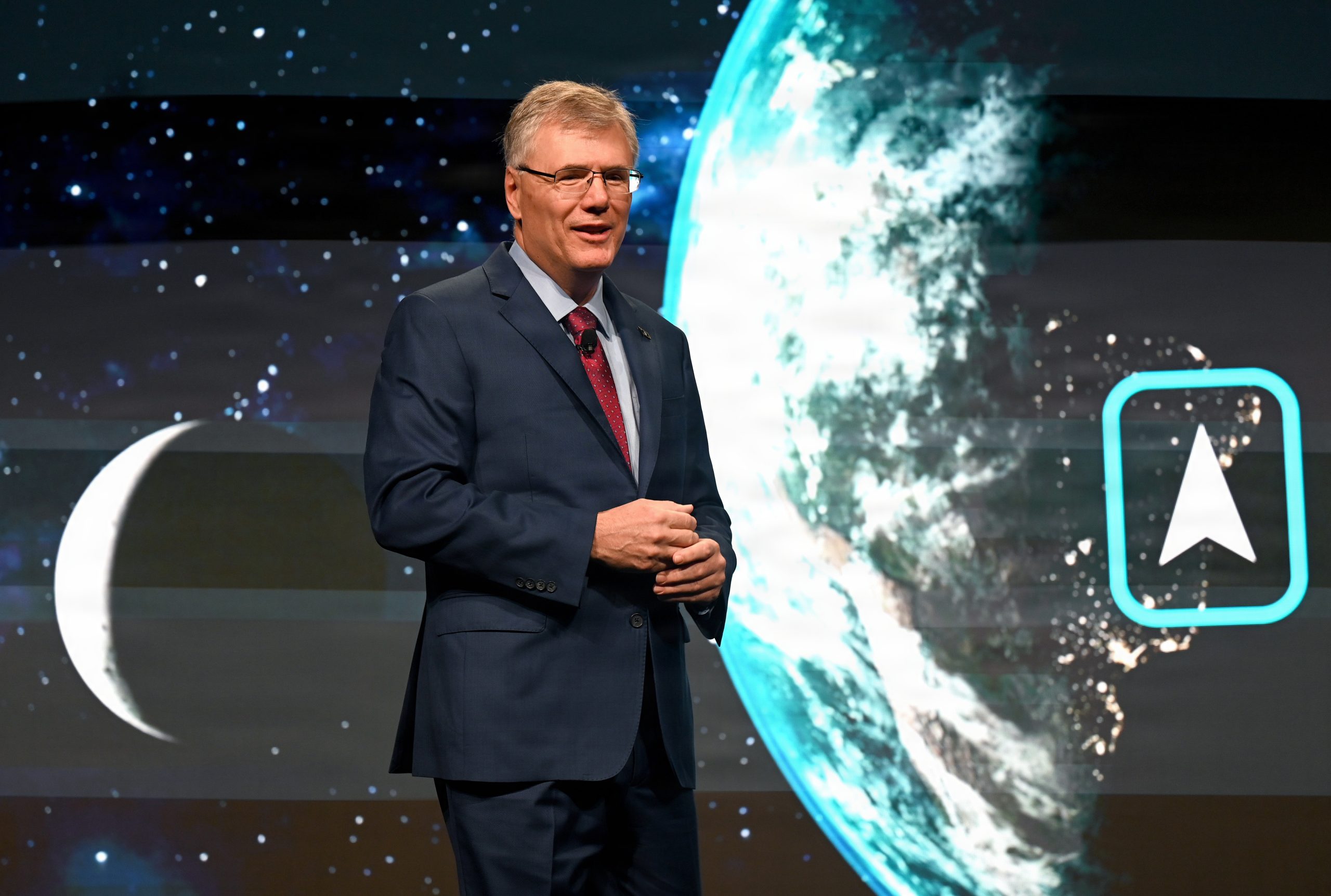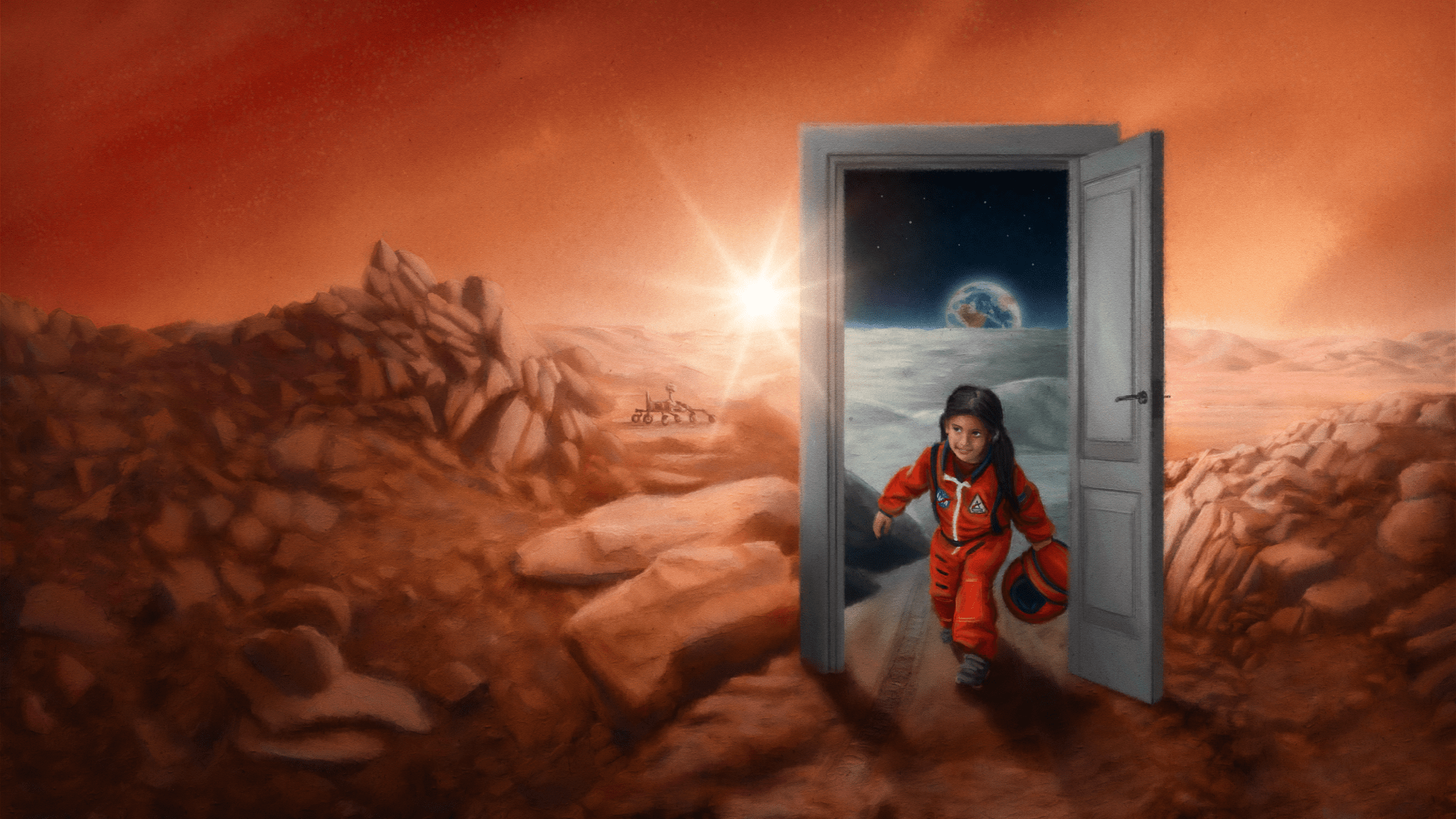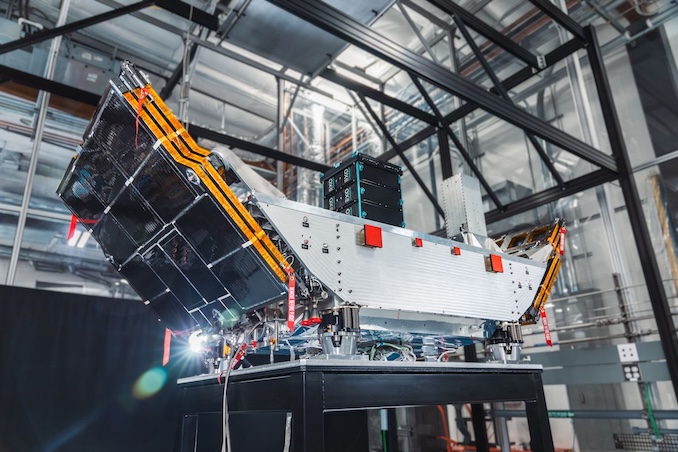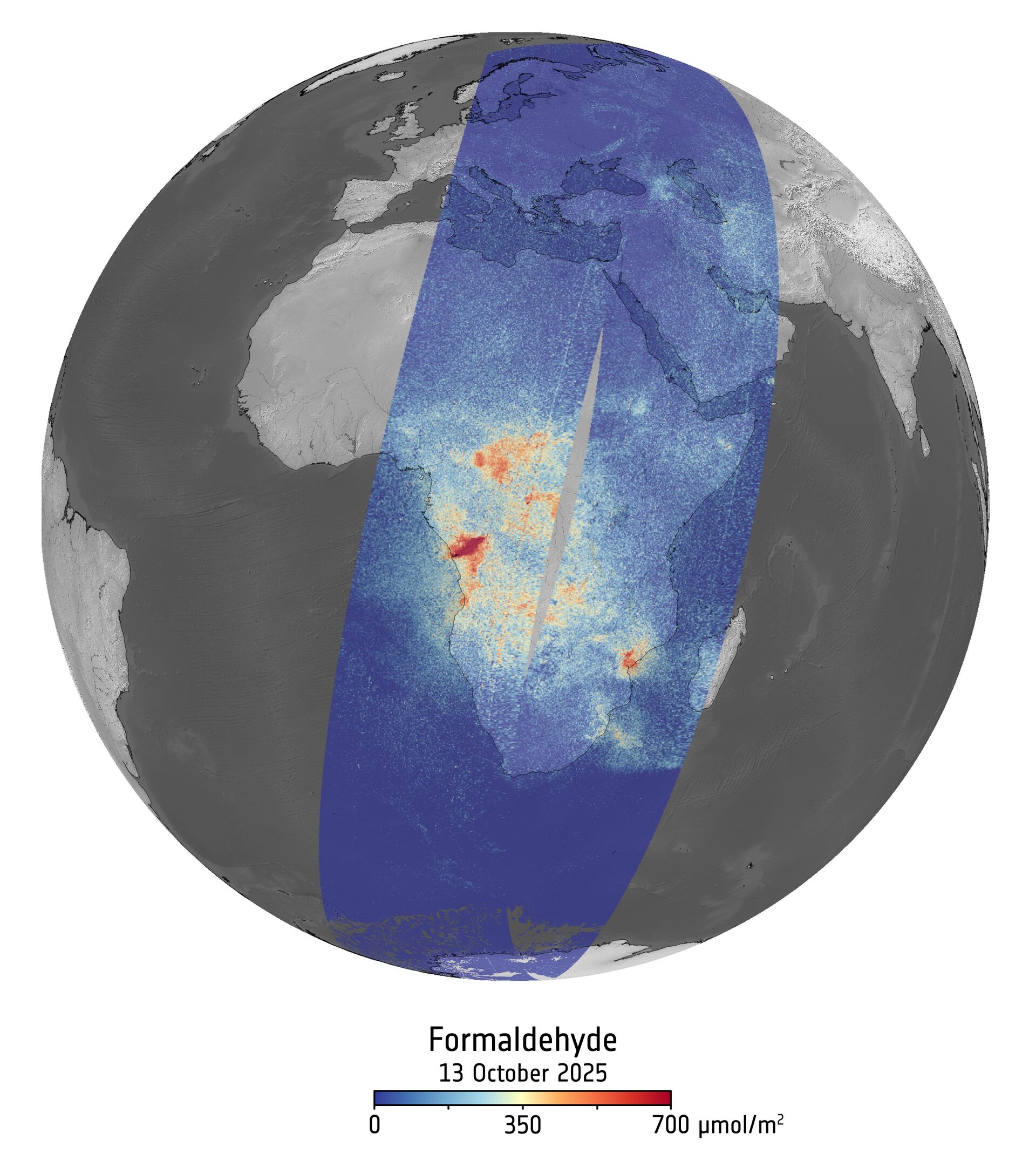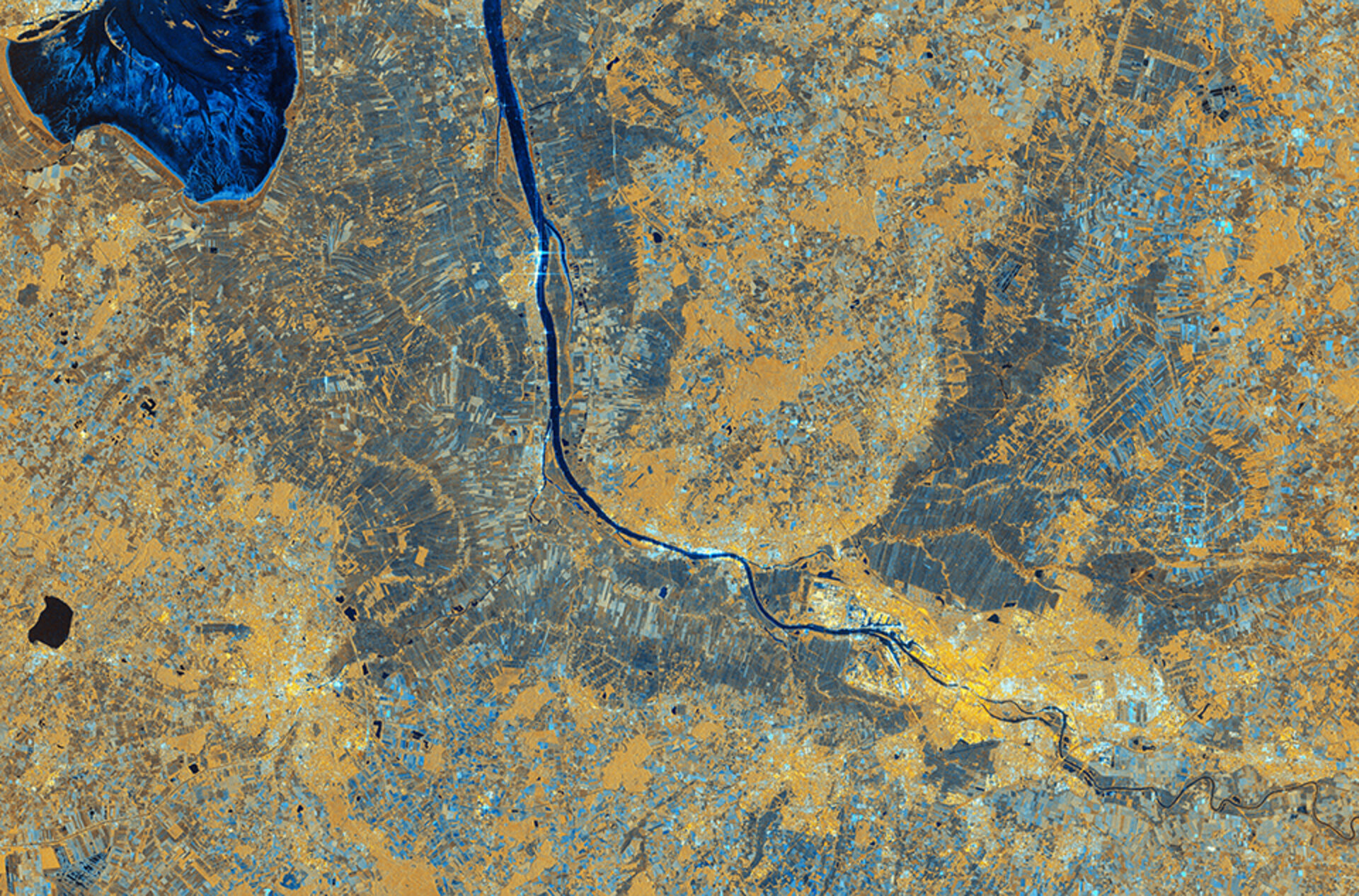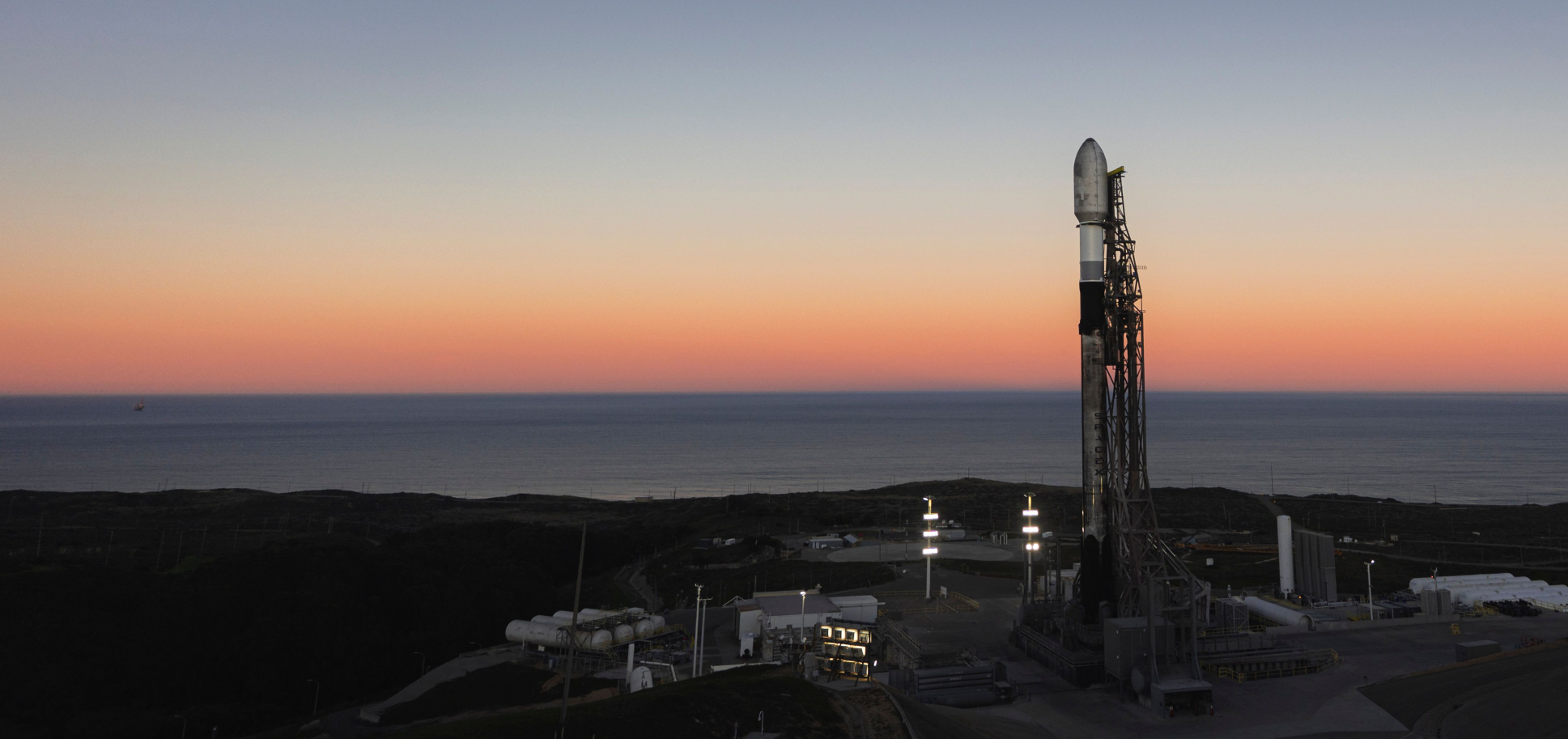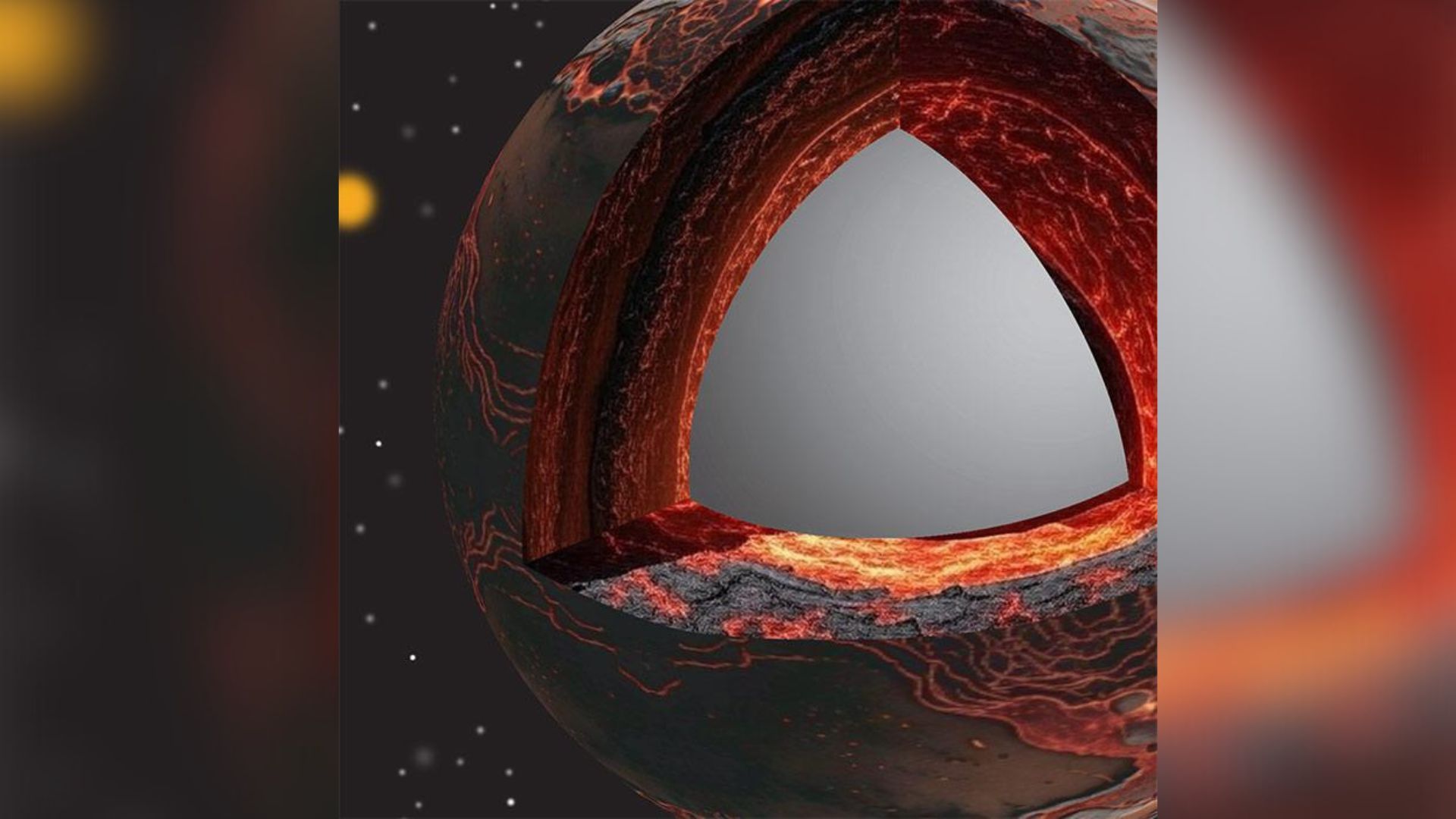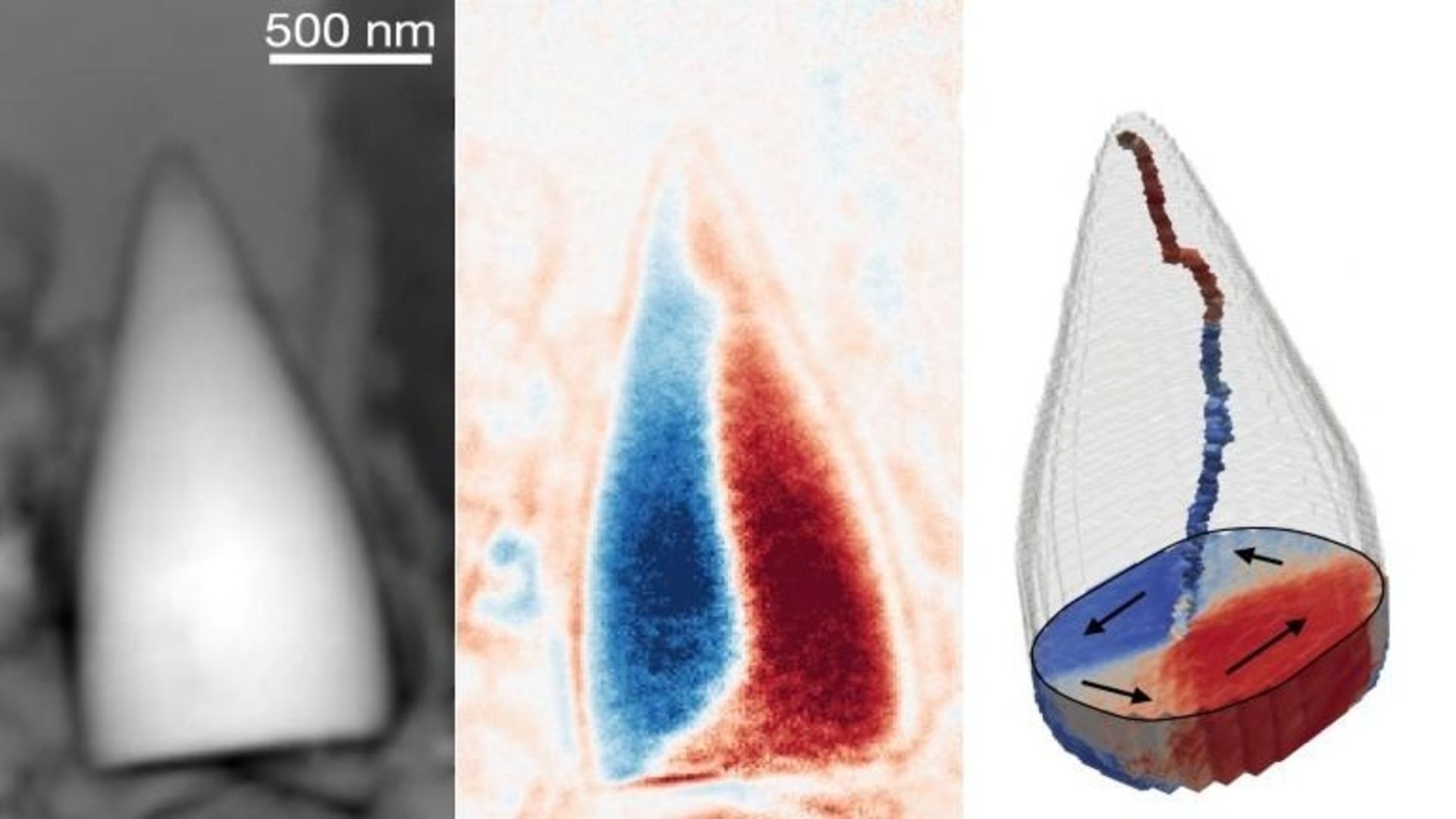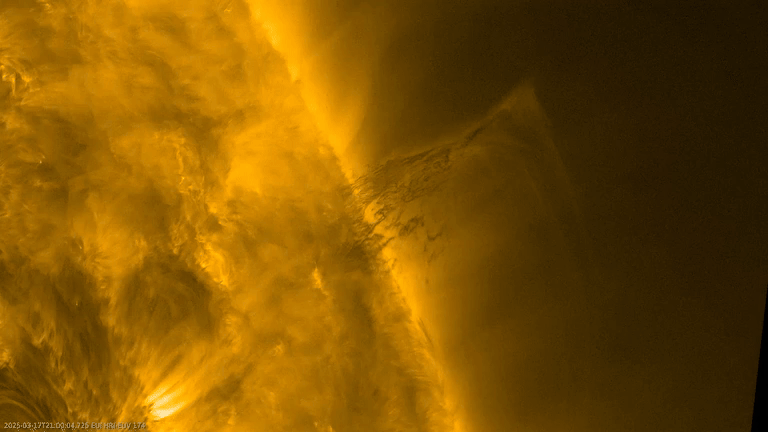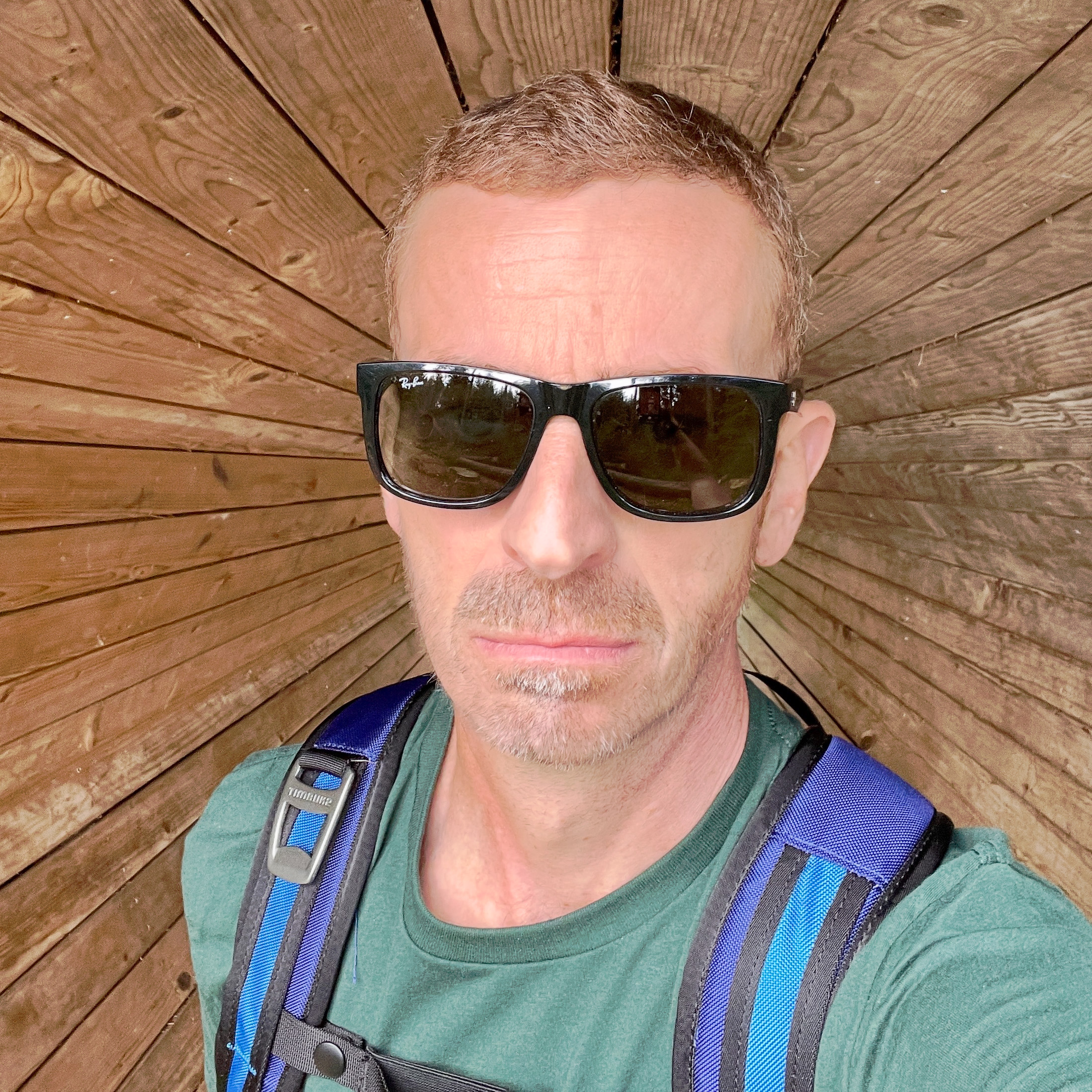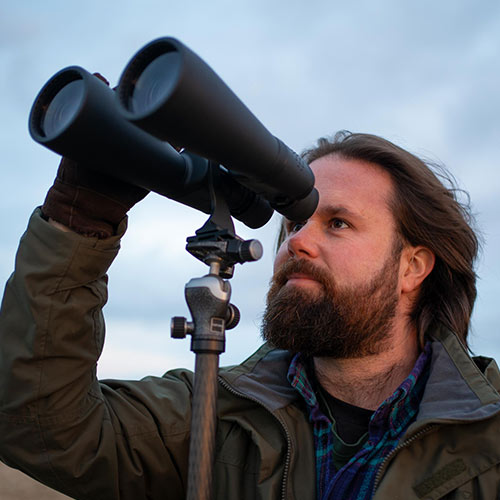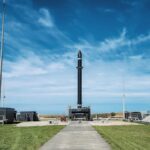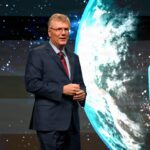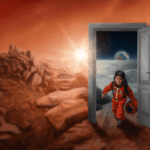SpaceX scrubbed the Transporter-15 mission on Wednesday, Nov. 26, prior to loading liquid oxygen on the Falcon 9 rocket’s second stage. Image: SpaceX via livestream Update 1:15 p.m. EST (1815
Applications 26/11/2025 300 views 1 likes Launched just a little over three months ago, Copernicus Sentinel-5A has returned its first images – including a global map of ozone, maps of
Applications 26/11/2025 649 views 4 likes The first high-resolution images have been received from Copernicus Sentinel-1D and were shared publicly for the first time at the European Space Agency’s Ministerial
SpaceX is gearing up for its upcoming Falcon 9 launch, which will carry 140 commercial payloads into Sun-synchronous orbit as part of its Transporter-15 mission. Scheduled to lift off no
Two mysterious blobs deep inside Earth may hold clues about the origin of life on our planet, new research finds. Deep beneath Earth’s crust, in the mantle, lie two continent-sized
Ever wanted to pick the brains of the reporters who power SpaceNews? Join us Friday, Dec. 5 for your chance to engage with our newsroom team during a subscriber-only live
Animals like birds and sea turtles navigate using a “biological GPS” called magnetoreception. We now actually know that many animals use this method to connect with Earth’s magnetic field so
The European Space Agency’s Solar Orbiter mission recently captured a dramatic solar prominence rising from the edge of the sun, a rare and captivating sight even for mission scientists accustomed
2026 is destined to be a great year for Star Wars fans as a host of new shows and movies are due to drop out of hyperspace and into Earth
Amazon and Walmart aren’t the only retailers offering huge discounts in the run-up to Black Friday, with Unistellar offering a massive 20% off its whole catalogue until the end of
-
 012024 in Review: Highlights from NASA in Silicon Valley
012024 in Review: Highlights from NASA in Silicon Valley -
 02Panasonic Leica Summilux DG 15mm f/1.7 ASPH review
02Panasonic Leica Summilux DG 15mm f/1.7 ASPH review -
 03From Polymerization-Enabled Folding and Assembly to Chemical Evolution: Key Processes for Emergence of Functional Polymers in the Origin of Life
03From Polymerization-Enabled Folding and Assembly to Chemical Evolution: Key Processes for Emergence of Functional Polymers in the Origin of Life -
 04How New NASA, India Earth Satellite NISAR Will See Earth
04How New NASA, India Earth Satellite NISAR Will See Earth -
 05And Thus Begins A New Year For Life On Earth
05And Thus Begins A New Year For Life On Earth -
 06Astronomy Activation Ambassadors: A New Era
06Astronomy Activation Ambassadors: A New Era -
07SpaceX launch surge helps set new global launch record in 2024


